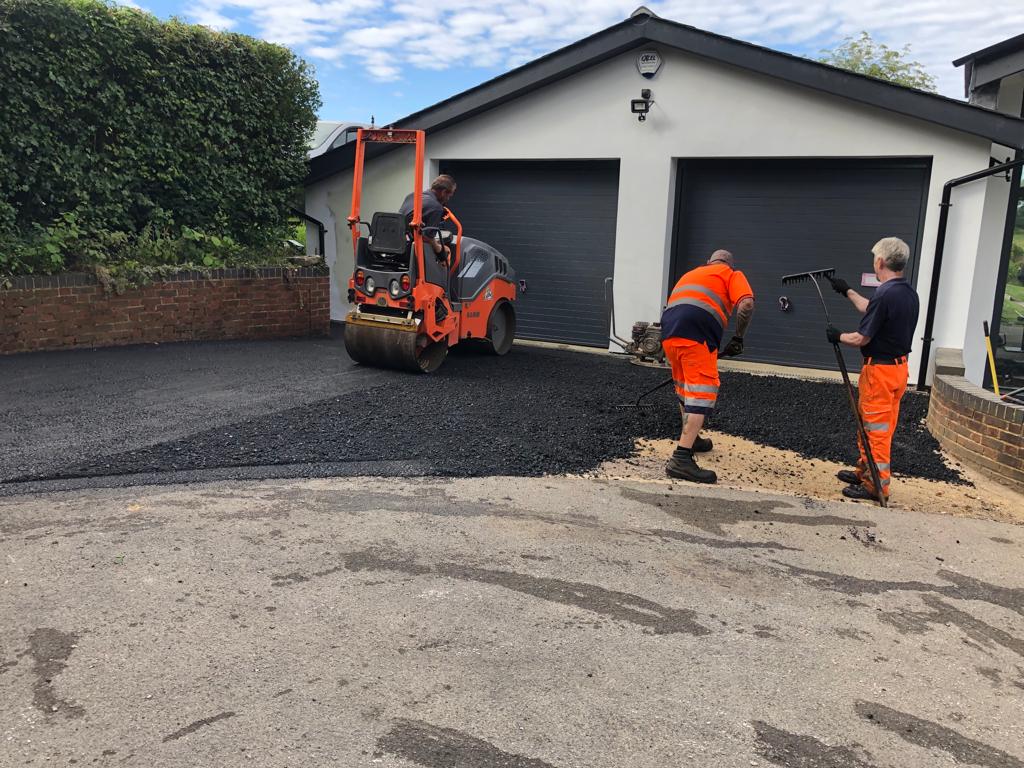Surface wear isn’t always visible at first glance. Whether it’s an asphalt driveway, a bitumen car park or a spray-seal hardstand, issues can often lie beneath the surface. Routine inspection is key to identifying early warning signs and ensuring your surface continues to perform as intended. At Labrador Surfacing Solutions in Labrador, QLD, we help property owners understand what to look for and how to spot potential problems before they turn into major repairs.
Why Routine Surface Inspection Matters
Over time, asphalt and bitumen surfaces are subjected to extreme weather, heavy loads, and general wear. Without regular assessment, hidden issues can go undetected and lead to:
- Water ingress
- Structural weakness
- Early surface failure
- Higher repair costs down the line
Preventative inspection is one of the most cost-effective strategies for extending surface life.
Begin with a Visual Surface Check
Start by walking the length of your surface and taking note of any visible signs of distress.
Surface-Level Issues to Watch For
- Hairline cracks: These may seem minor but can quickly widen and allow moisture into the sublayers.
- Discolouration: Fading can signal ageing, oxidation, or sealant breakdown.
- Soft spots: Areas that feel spongy underfoot may indicate moisture penetration.
- Potholes or surface depressions: These are often symptoms of underlying structural failure.
Make sure to inspect in different lighting conditions. Shadows at different times of day can highlight surface irregularities not otherwise visible.
Pay Attention to Drainage Behaviour
Drainage is often where hidden issues begin. Observe how water behaves on the surface after rain.
- Does water pool in certain areas?
- Is there visible erosion along the edges?
- Are drainage points or runoffs clear and functioning?
Poor water flow suggests inadequate slope or blockages and may lead to deeper issues within the base layer.
Inspect the Edges and Boundaries
Edge deterioration can often be overlooked but is a critical part of the surface’s stability. Check for:
- Crumbling or fretting edges
- Vegetation growth along cracks
- Broken joins between the edge and adjoining surfaces (e.g. kerbing, footpaths)
These signs may reveal water intrusion or weak base support.
Check for Base Movement or Settling
Some problems start deep below the surface, especially if the base was not properly compacted or drainage wasn’t considered.
Indicators of sub-base movement include:
- Uneven settling or sunken areas
- Cracks that reappear after patching
- Sections that hold water even after minor repairs
Use a straight edge or long level if needed to test the flatness of the surface over several metres.
Seasonal Changes and Surface Performance
Temperature extremes in Queensland can cause surface materials to expand and contract. Look for:
- Cracking patterns that change with the seasons
- Loose aggregate in spray seal surfaces
- Bitumen bleeding or softening during heatwaves
Repeated cycles of expansion and contraction often lead to fatigue cracking or early failure.
When to Call for a Professional Assessment
While a visual inspection is useful, not all issues are visible without proper tools or expertise. At Labrador Surfacing Solutions in Labrador, QLD, we recommend a professional inspection if:
- You notice recurring issues in the same location
- There is unexplained movement in the pavement
- Repairs no longer last as expected
- You’re unsure about the structural health of the surface
Professional assessments include tools such as core sampling, deflection testing, or infrared scanning that can detect problems within the base or subgrade layers.
Proactive Maintenance Planning
Once issues are identified, it’s essential to plan timely maintenance. Early repair can:
- Reduce long-term costs
- Prevent water infiltration
- Improve surface appearance and safety
- Extend overall lifespan of the pavement
We help clients develop a maintenance schedule that aligns with site usage, material type, and exposure levels.
Conclusion
A well-maintained surface starts with a keen eye and a consistent inspection routine. By identifying early signs of wear—whether visual, structural, or drainage-related—you can act before issues escalate. Labrador Surfacing Solutions in Labrador, QLD is here to support you with professional guidance and surfacing services that prioritise long-term performance. If your asphalt or bitumen surface hasn’t been inspected recently, now is the time to ensure it’s in top condition.
Call us on: 07 3113 9392
Click here to find out more about Labrador Surfacing Solutions
Click here to complete our contact form and see how we can help with your driveway needs.

